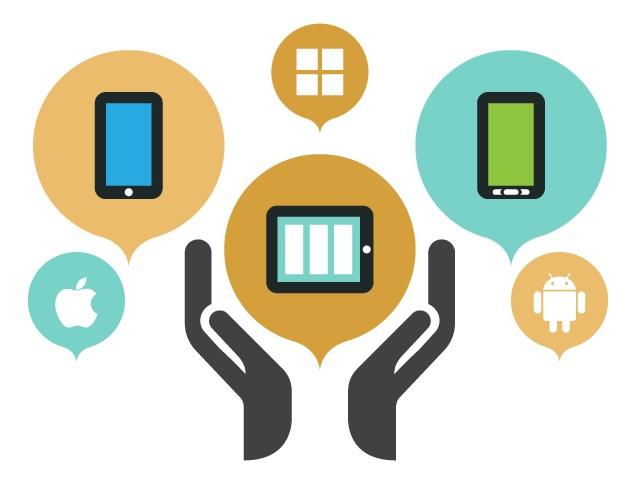If your station has joined the mobile revolution, congratulations. Your brand is now part of the biggest, most transformative technology trend in the world since TV. But just because you have an app doesn’t mean the work is done. Here are some things you should do (and not do) to make sure your mobile strategy succeeds.
• Do have a mobile strategy. Depending on your station, it’s location, format and other considerations, your strategy for mobile will be different. It is important to keep all of these things in mind as you develop your plans. Is your goal to engage your audience socially? Or are you looking for mobile to help boost your station’s reach into areas where maybe your signal isn’t so strong? Is it a channel for delivering additional on-demand content? These are all things you should think hard about. Mobile is the most intimate and literally portable way to connect with your audience. So think about your goals and construct your app and your strategy accordingly.
• Do think beyond the stream. Some stations get so caught up in putting their stream onto mobile apps that they forget all the great things that mobile can do to support their brand. The majority of your listeners are interacting socially on their mobile devices, so you should consider that, as well. Mobile is also a great place to promote what your station is doing, both on-air and in the community. And don’t forget about on-demand content. Podcasts, newsfeeds and calendars are great ways to get your audience coming back to your app over and over again.
• Do be everywhere. While your branded mobile app is your most important digital conduit to your listeners, you need to put your brand everywhere they are. That includes making sure your streams are included on TuneIn and IHeartMedia. Even though you’re dropped in with hundreds of other stations, it’s still important to have that exposure. A TuneIn listener who falls in love with your station on that app, is more likely to make the jump to your branded app.
• Don’t “set it and forget it.” This may be fine for the Ronco Rotisserie Grill, but it doesn’t work for your mobile app. An app that never updates its promotional elements, or its social feed, becomes nothing more than a stream, and the impression is that there’s nothing going on. However, if your app’s content changes and updates frequently, it is a must-see place for your listeners to interact with (and probably listen to) your brand. Remember that mobile is the one platform that’s in your listener’s pocket or purse all the time. Encourage them to call you, email you, and interact with you on your social platforms. Whenever you ask for interaction – a call, a contest entry, etc. – be sure to remind the listener that the easiest way to do it is on your station’s mobile app.
• Don’t commit “ad crimes” you wouldn’t on another platform. Mobile provides lots of great ways to drive revenue and create new inventory. But it also creates opportunities to abuse your user with intrusive, poor-quality ads. A few pennies for a lousy network banner probably aren’t worth the annoyance they cause your audience – and they make your app look bad, too. Look for great sponsorship opportunities that deliver value to your client and make sense to your user.
• Don’t stop promoting your app. So often we hear from stations that say, “my app downloads have gone flat.” I always ask, “How are you promoting it?” And too often the response is silence. Help your users make a habit of listening on their mobile device. Do great, creative promos to remind your users of all the ways that your app helps them enjoy their favorite station. And don’t just do a campaign at launch. Do it regularly and keep reminding them of this great new way for them to get the good stuff.
Get in the habit of thinking mobile first. Making mobile work for your brand means keeping it front of mind in everything you do. It’s probably the most important media and communications platform ever invented, and certainly the fastest growing. It shouldn’t be an afterthought for your station.



